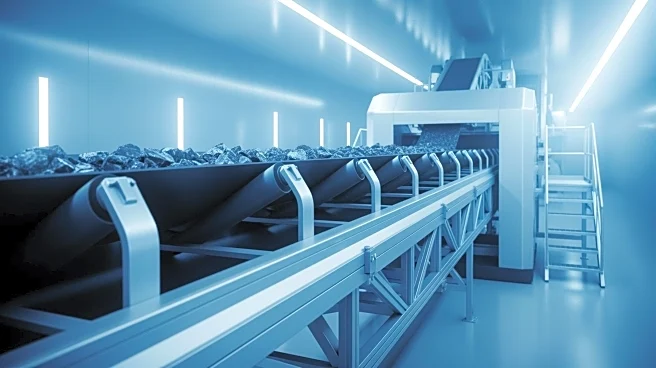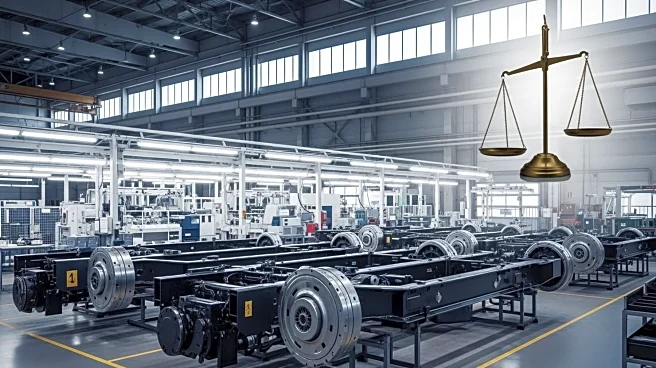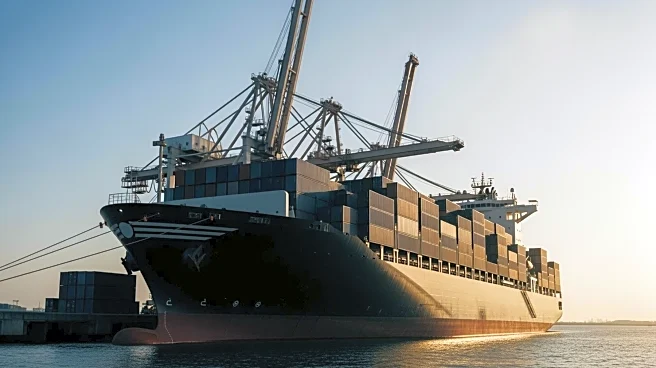What's Happening?
A 25% tariff on imported heavy-duty trucks is set to take effect on November 1, following an announcement by President Trump. The tariff aims to protect U.S. truck manufacturers from foreign competition and strengthen national security by encouraging
domestic production. However, the trucking sector faces potential rising costs and delayed orders as fleets cope with the new tariff. Imported Class 8 trucks will face a surcharge, and U.S.-built models may see added costs from imported parts. The tariff could lead to higher truck prices and increased demand for used trucks as operators extend vehicle lifecycles.
Why It's Important?
The tariff is intended to bolster U.S. manufacturing and reduce dependency on foreign supply chains. However, it adds complexity to an already challenging trade environment, with existing tariffs on steel, aluminum, and copper raising component costs. The trucking industry, crucial for logistics and transportation, may experience disruptions and increased operational costs, impacting shippers and supply chains. The tariff could also affect the cost structure of truck manufacturers and suppliers, potentially leading to reduced profitability.
What's Next?
Fleets may delay or cancel orders, boosting demand for used trucks. U.S. factories might accelerate reshoring efforts, but face challenges such as labor constraints and high costs. The market could see higher prices and ongoing uncertainty, prompting shippers to minimize costs and prioritize long-term carrier relationships.
Beyond the Headlines
The tariff could reshape the trucking industry, influencing supply chain strategies and investment decisions. It may also prompt policy discussions on trade protectionism and its impact on national security and economic resilience.













